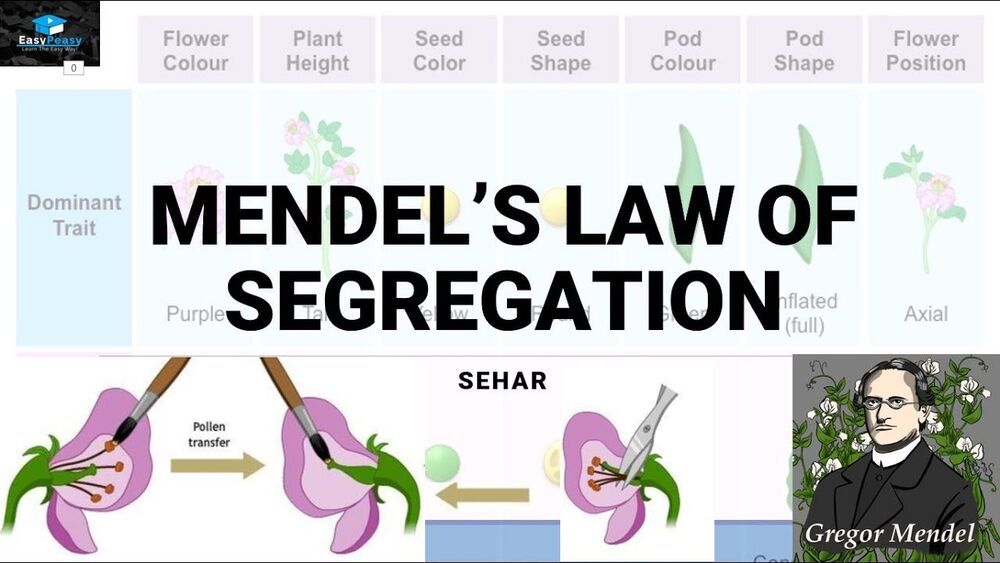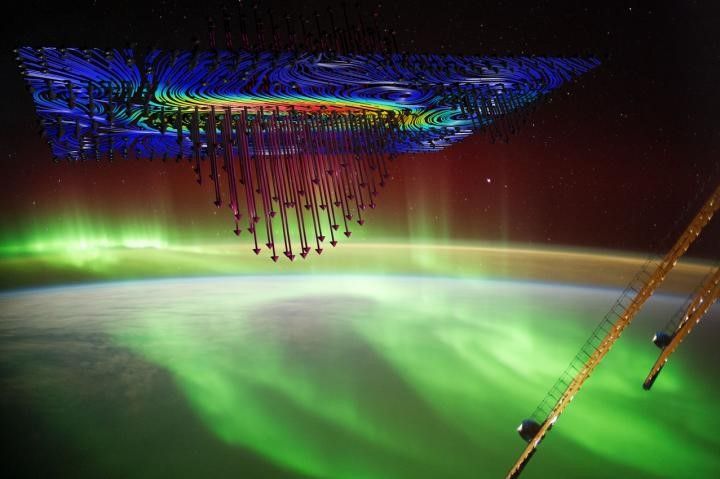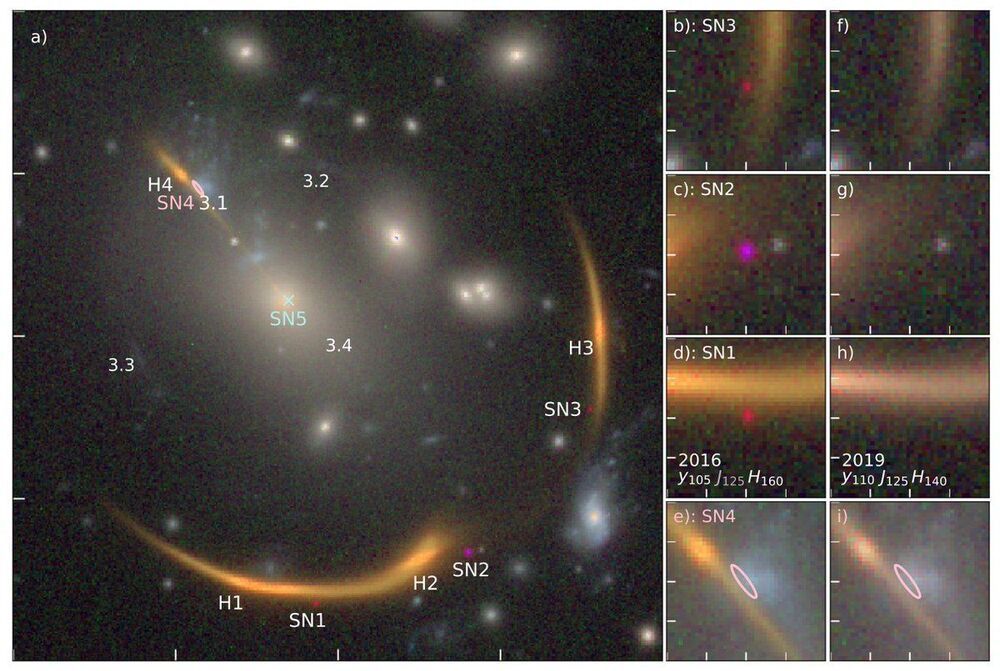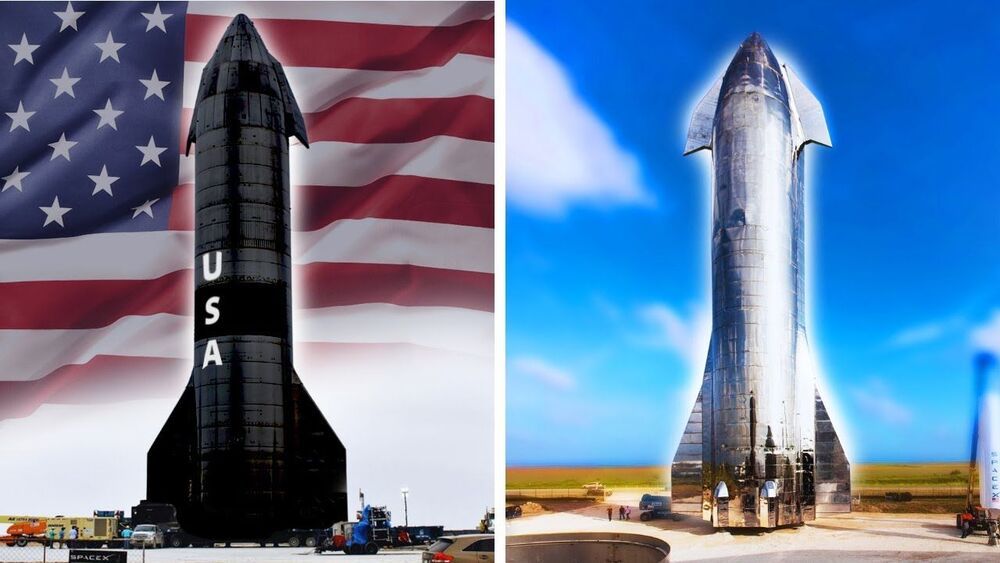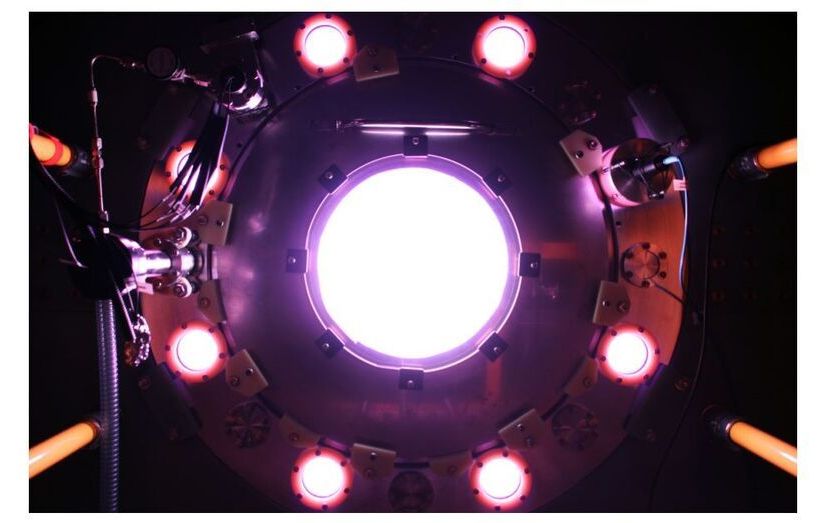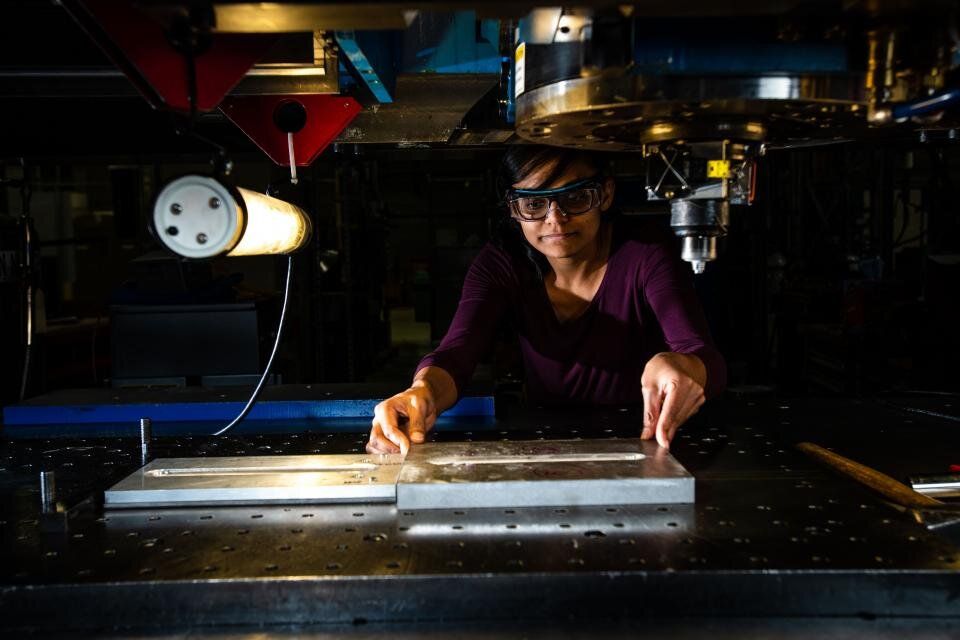
Machine learning techniques have contributed to progress in science and technology fields ranging from health care to high-energy physics. Now, machine learning is poised to help accelerate the development of stronger alloys, particularly stainless steels, for America’s thermal power generation fleet. Stronger materials are key to producing energy efficiently, resulting in economic and decarbonization benefits.
“The use of ultra-high-strength steels in power plants dates back to the 1950s and has benefited from gradual improvements in the materials over time,” says Osman Mamun, a postdoctoral research associate at Pacific Northwest National Laboratory (PNNL). “If we can find ways to speed up improvements or create new materials, we could see enhanced efficiency in plants that also reduces the amount of carbon emitted into the atmosphere.”
Mamun is the lead author on two recent, related journal articles that reveal new strategies for machine learning’s application in the design of advanced alloys. The articles chronicle the research outcomes of a joint effort between PNNL and the National Energy Technology Laboratory (NETL). In addition to Mamun, the research team included PNNL’s Arun Sathanur and Ram Devanathan and NETL’s Madison Wenzlick and Jeff Hawk.
